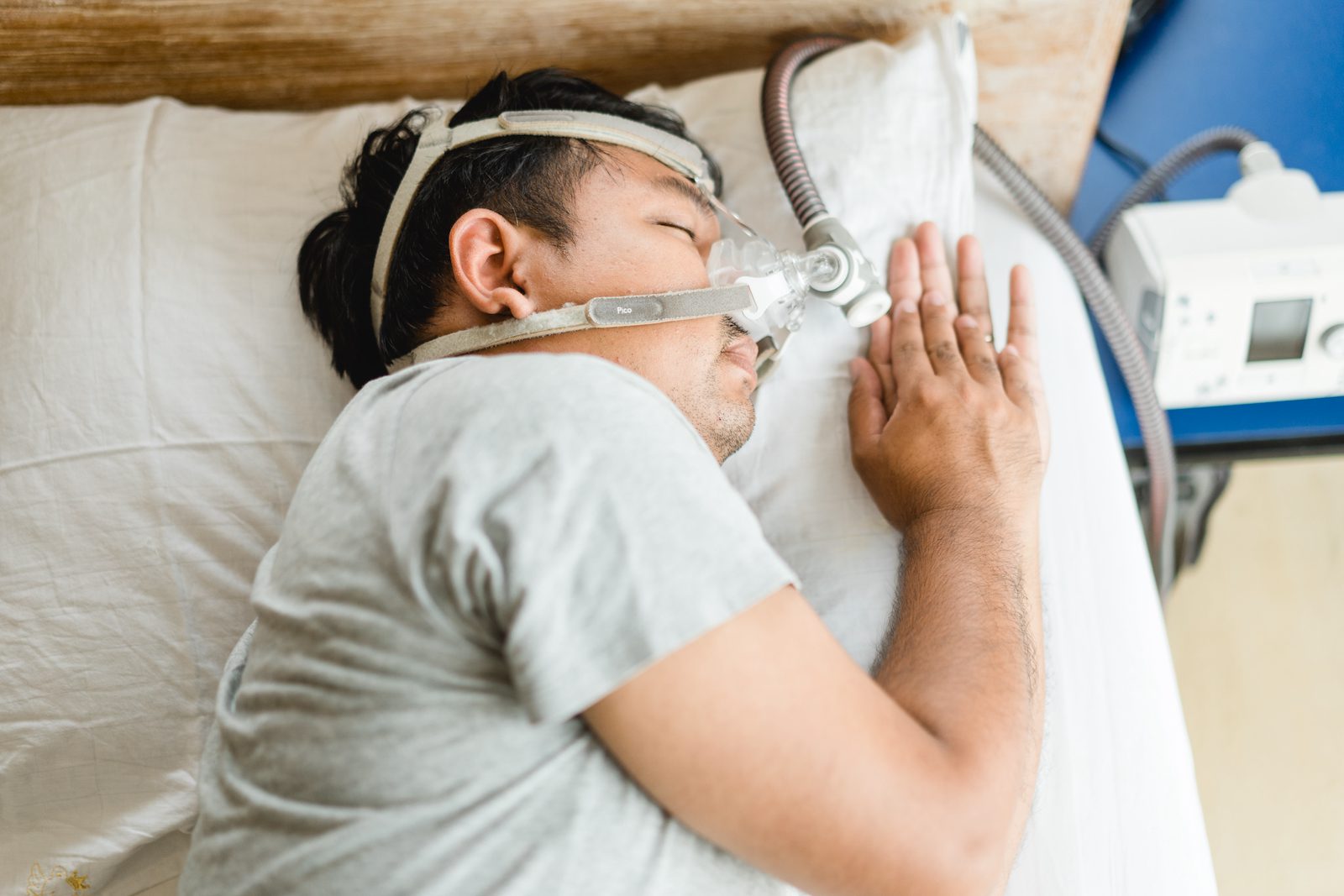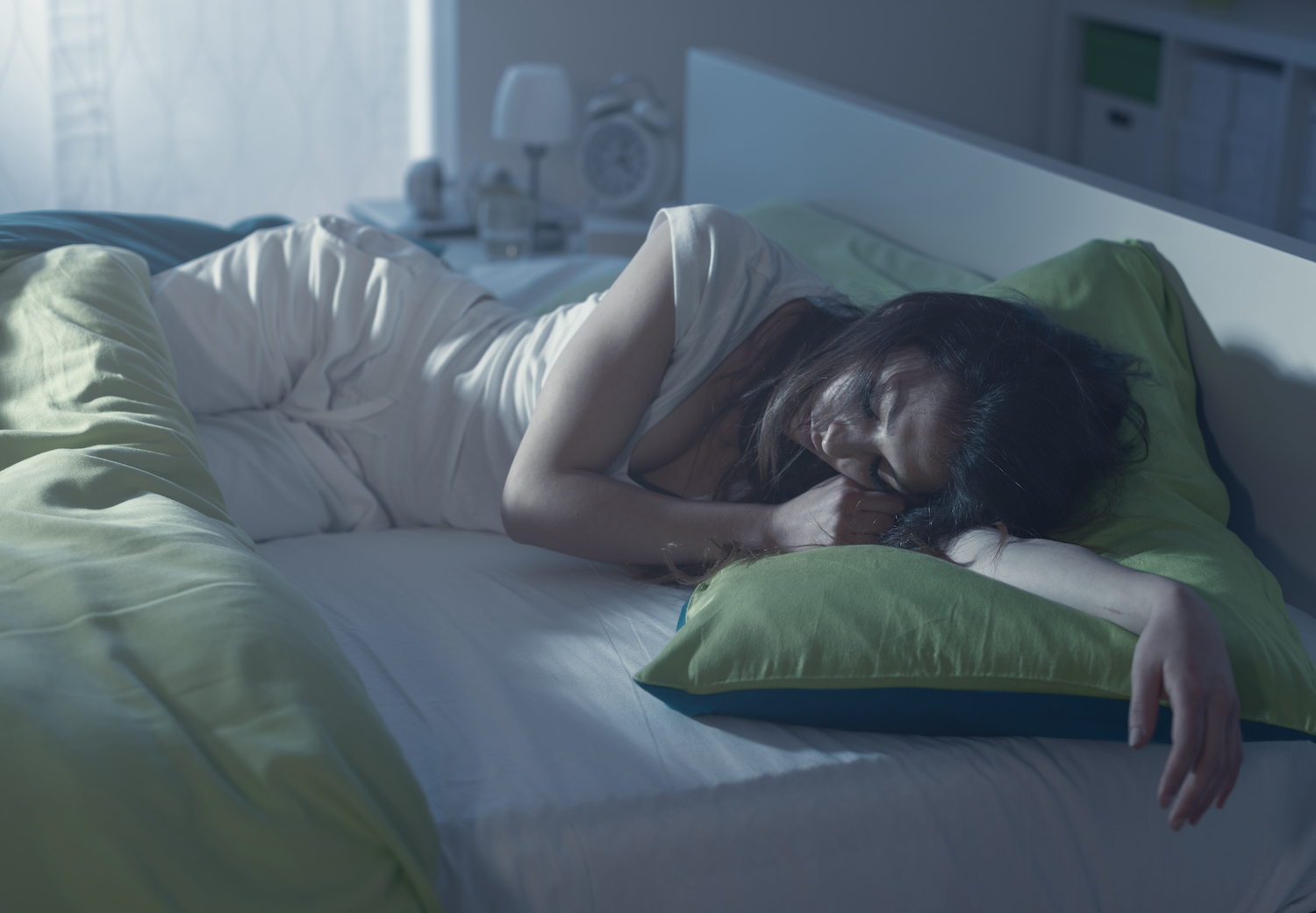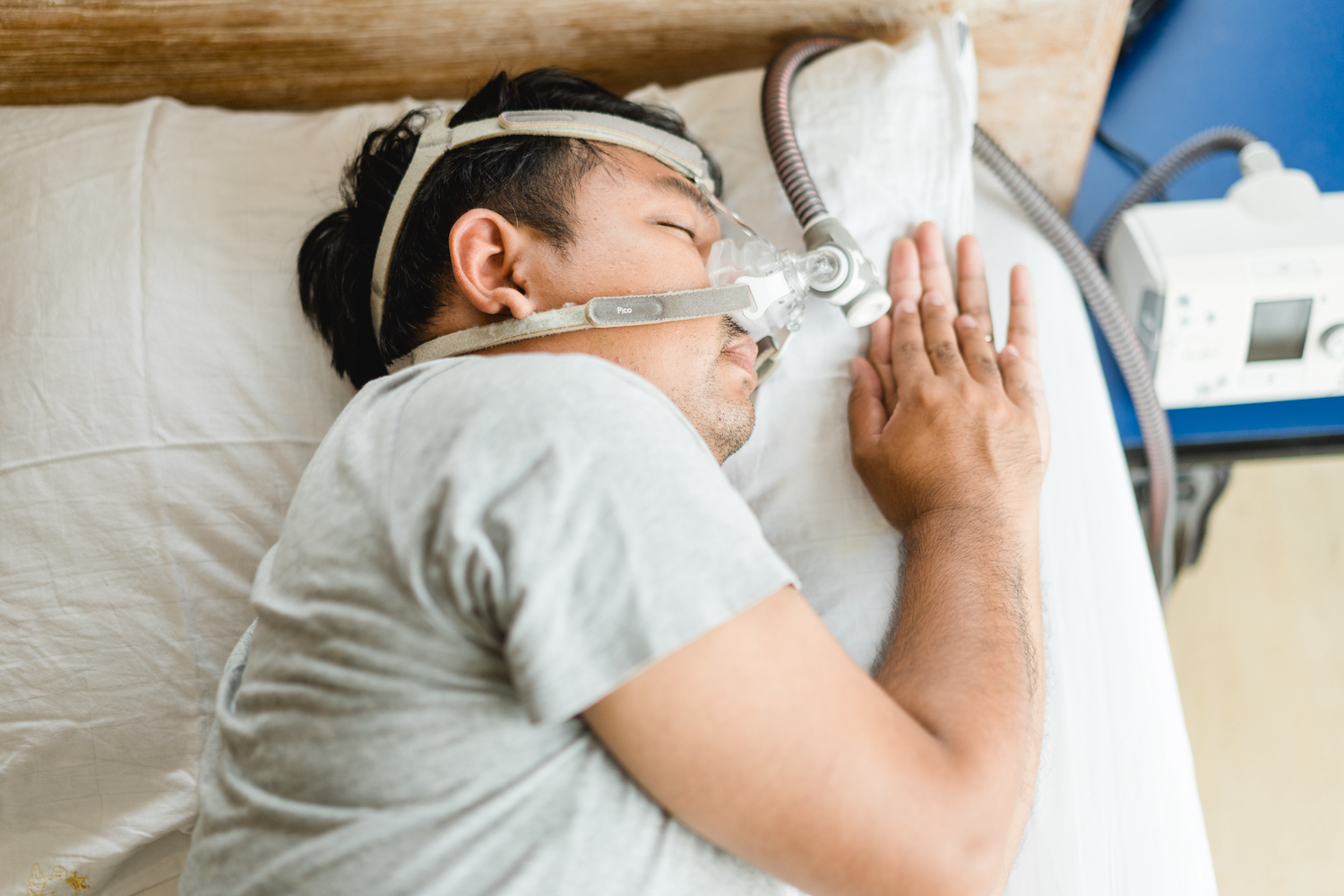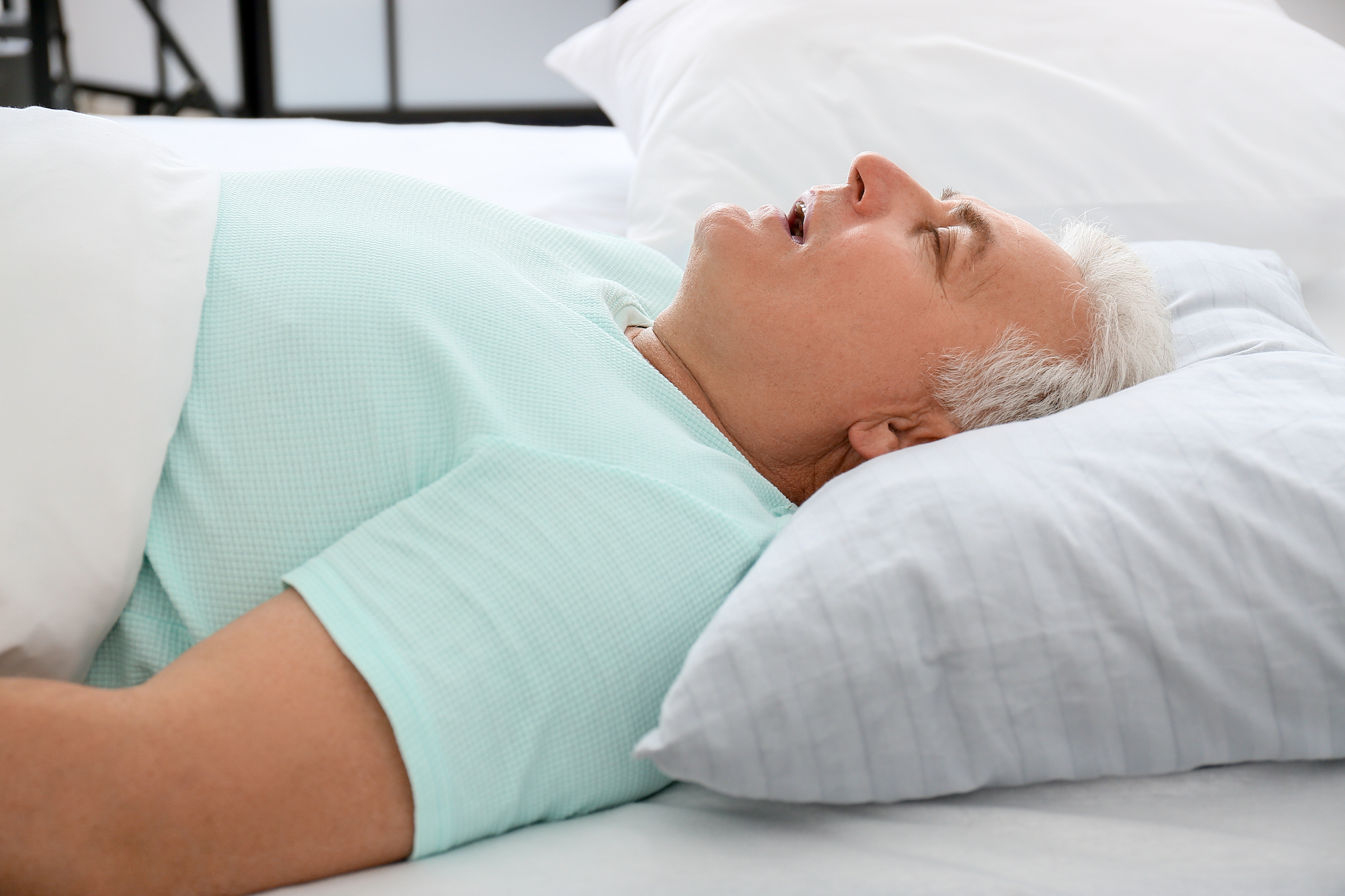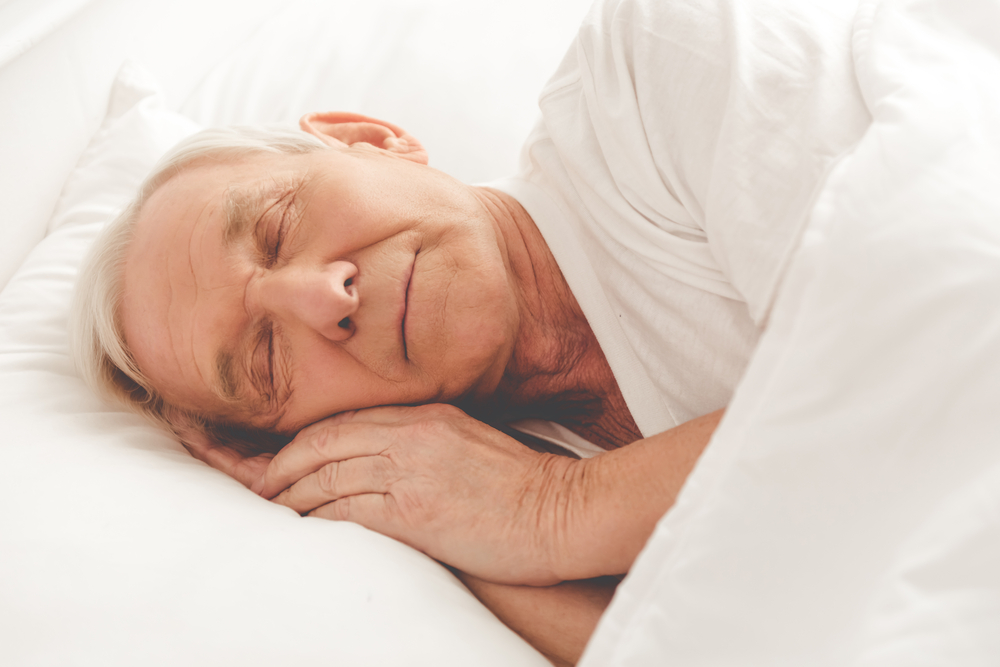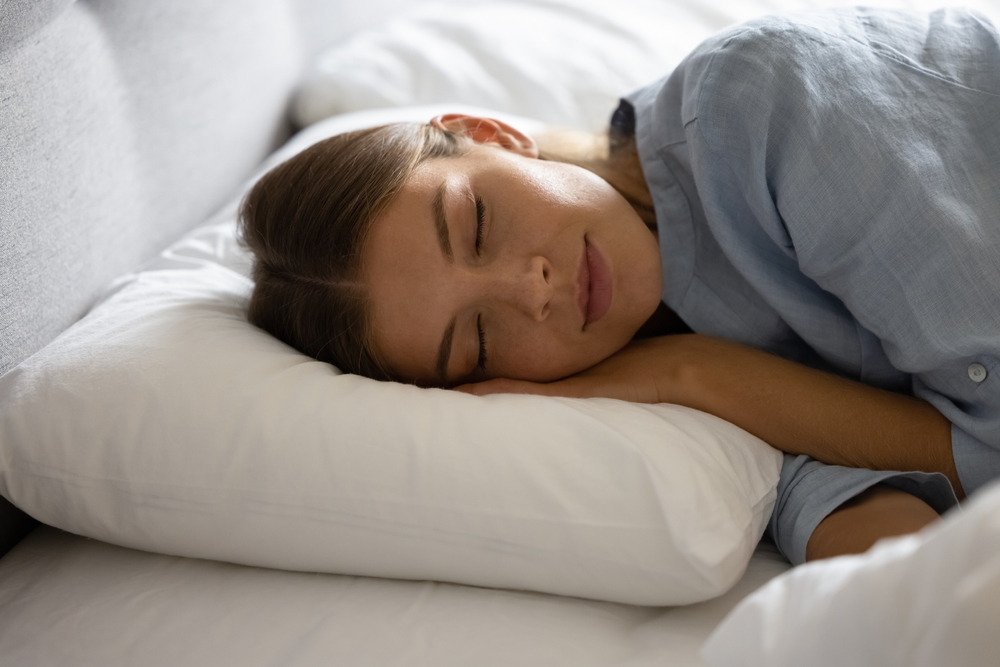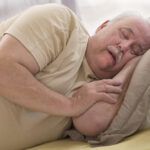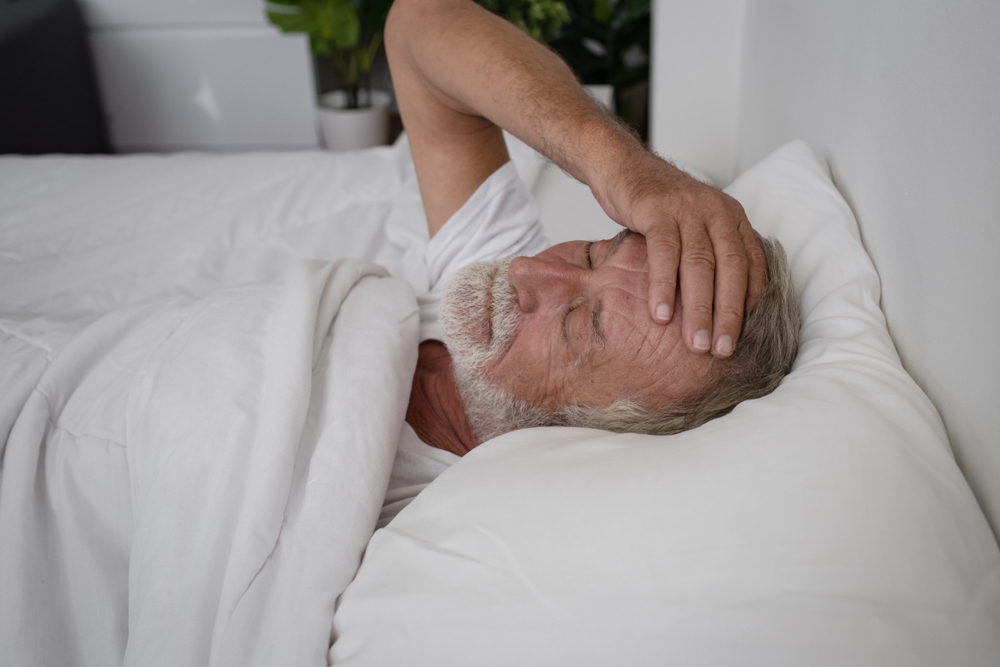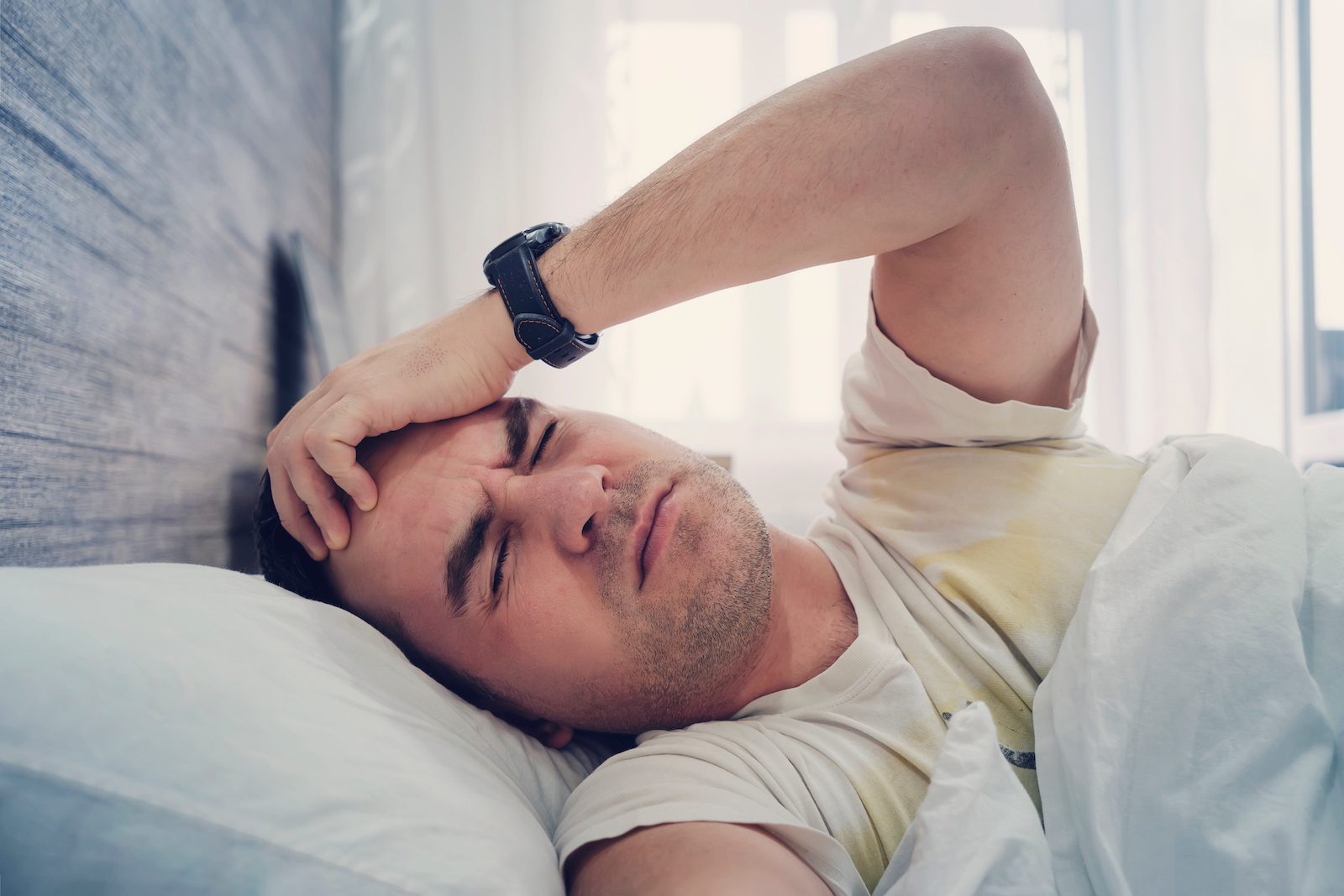Being able to lie down in a comfortable position is an important part of getting a good night’s sleep. But for some people, lying down can trigger shortness of breath, making it necessary to prop themselves up with pillows or move into a sitting position in order to breathe fully. This kind of breathing problem is called orthopnea and may be caused by a number of conditions.
Orthopnea is a type of dyspnea, which is the medical term for feeling a shortness of breath. Other types of dyspnea include paroxysmal nocturnal dyspnea, which occurs when shortness of breath wakes a person up during the night. Although paroxysmal nocturnal dyspnea may also be relieved by sitting up, it only occurs during sleep.
Orthopnea may be a sign of a more serious health condition, so it is important to consult with a doctor if you are regularly experiencing shortness of breath. Learning about the causes of orthopnea and when to visit a doctor may help people find relief.
Symptoms of Orthopnea
A person experiencing orthopnea feels breathless or short of breath while lying flat on their back. This feeling is a subjective sensation that may feel different from person-to-person. For example, one person may say they feel short of breath, while another may say they feel like they can’t get enough air as they attempt to breathe.
Moving to a seated position or propping oneself up to be closer to upright should reduce or eliminate this feeling of breathlessness. Unlike paroxysmal nocturnal dyspnea, the breathlessness of orthopnea occurs even when a person is awake.
Causes of Orthopnea
Orthopnea is generally caused by internal pressure put on the lungs or diaphragm while lying down. This pressure is usually the result of a medical condition.
- Heart failure: Heart failure can cause fluid to accumulate in the lungs, which can lead to breathing problems. Sometimes, orthopnea is the only symptom present in people experiencing heart failure. Other symptoms of heart failure include leg swelling and fatigue.
- Obesity: In people with obesity, a large abdomen may create pressure that causes orthopnea. This pressure could block the diaphragm from moving fully during breathing, or narrow the airways at the bottom of the lungs.
- Pulmonary hypertension: Pulmonary hypertension is a type of high blood pressure that affects arteries in the lungs and is often associated with heart disease. Some people with pulmonary hypertension also experience orthopnea.
- Diaphragm paralysis: The diaphragm is a large muscle below the lungs that enables the lungs to breathe in and out. People with diaphragm paralysis have extreme weakness in their diaphragm and may experience severe orthopnea shortly after lying down.
Treatments for Orthopnea
The treatment for orthopnea depends on its underlying cause.
Heart Failure
Treatment of heart failure depends on the type of heart failure a person has and its severity. Doctors often recommend healthy lifestyle habits, such as exercising regularly, limiting alcohol consumption, managing stress, and sleeping well. Additionally, multiple types of medications are available.
Obesity
Lifestyle changes are also commonly recommended to help people manage obesity. For example, eating healthy foods and regularly engaging in physical activity may help with weight loss. When lifestyle changes are not enough, medications, devices, and surgeries are available.
Pulmonary Hypertension
Treatment for pulmonary hypertension depends on its cause. Reducing salt intake may help some people, as can following an exercise plan designed by a professional. Multiple medications are also used to treat pulmonary hypertension. In severe situations, doctors might recommend surgery or oxygen therapy, if oxygen levels have dropped.
Diaphragm Paralysis
Diaphragm paralysis occurs when the connected nerves stop working properly. It can be caused by a tumor, inflammation, an autoimmune condition, or a traumatic injury. Treatment for this disorder depends on the underlying cause and can range from medication to surgery. In many cases, diaphragm paralysis can be quite serious, requiring oxygen and the use of a ventilator.
How Is Orthopnea Different From Sleep Apnea?
Sleep apnea is a disorder that involves multiple short periods of reduced breaths or lapses in breathing while a person is asleep. Signs of sleep apnea can be more subtle than orthopnea, and people with sleep apnea may not be aware that breathing problems are disrupting their sleep during the night. Rather, common symptoms of sleep apnea occur during the day, such as excessive sleepiness, headaches, and mood changes.
Although sleep apnea and orthopnea are different conditions, they share a number of risk factors. That is, people with certain health problems have a greater likelihood of developing sleep apnea, orthopnea, or both.
For example, up to half of people who have heart failure may also have a type of sleep apnea. Heart failure is especially common among people with central sleep apnea, making them more likely to experience orthopnea.
Obstructive sleep apnea (OSA) and body max index (BMI) are closely related, with research suggesting the risk of OSA increases significantly for people who are overweight or those who have obesity. Extra weight can lead to more tissue in the upper airway, causing increased upper airway resistance during sleep.
Talking to Your Doctor About Orthopnea
If you feel short of breath or have difficulty breathing when you lie down on your back, see a doctor. Orthopnea is often a symptom of an underlying disorder, such as heart failure. Your doctor can ask questions and order tests to help identify what is causing your orthopnea.




